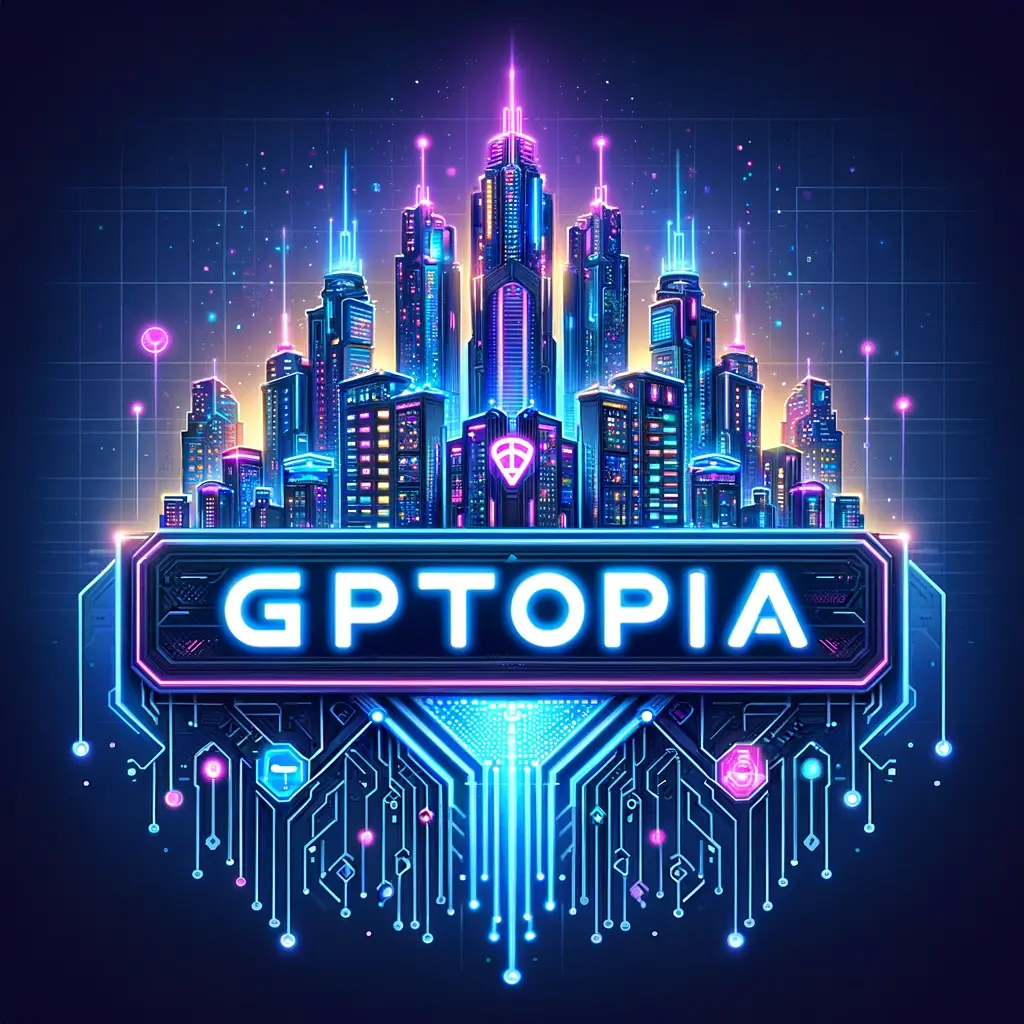complete article index can be found at
https://ideabrella.com/papers/articles
The Building Blocks of LLM Agents: : ZEN 💡
·
Features, Components, and Workflows
The advent of large language models (LLMs) has unlocked unprecedented capabilities in AI agents, enabling them to reason, plan, adapt, and execute complex tasks autonomously.
These LLM agents are distinguished by their advanced features, modular components, and sophisticated workflows, which together form a powerful framework for tackling intricate challenges across industries.
This article explores the foundational aspects of LLM agents, focusing on their key features, essential components, and structured workflows.
Key Features of LLM Agents
Advanced Reasoning and Planning
LLM agents employ sophisticated reasoning strategies to analyze multifaceted tasks, devise multi-step plans, and sequence actions for achieving specific goals.
By combining logical deduction with predictive modeling, they excel in breaking down problems into actionable steps and anticipating future scenarios.Tool Utilization and API Interaction
Extending their native capabilities, LLM agents interface with external tools, APIs, databases, and services.
This enables them to perform a variety of actions, including:
- Conducting web searches for up-to-date information.
- Executing code for computational tasks.
- Manipulating data stored in external databases.
- Hierarchical Memory and Context Management
Using multi-level memory architectures, LLM agents maintain an extensive context over interactions. This enhances their ability to:
- Track long-term goals and sub-tasks.
- Adapt to changes in input and environment.
- Build upon prior knowledge for more coherent outputs.
- Natural Language Understanding and Generation
The core strength of LLM agents lies in their exceptional ability to interpret and generate human-like text. This capability allows them to:
- Facilitate effective communication with users.
- Follow instructions with nuanced understanding.
- Translate complex ideas into accessible language.
- Autonomy and Adaptive Behavior
Operating independently, LLM agents make informed decisions and adapt to new information or environmental changes.
Their iterative learning processes enable them to refine strategies and improve performance over time.
Components of LLM Agents
Planning
Planning forms the backbone of LLM agent functionality, allowing them to decompose tasks strategically and sequence actions logically.
This includes:
- Chain-of-Thought (CoT) Reasoning: Employing sequential reasoning to achieve intermediate conclusions that lead to final goals.
- Tree of Thoughts: Exploring multiple solution pathways simultaneously for optimal outcomes.
- LLM + Classical Planning: Integrating traditional algorithmic planning methods with the reasoning capabilities of LLMs.
Task Decomposition
LLM agents excel at breaking complex challenges into smaller, manageable sub-tasks.
By leveraging structured frameworks, such as Tree of Thoughts or Chain-of-Hindsight (CoH), they can:
- Evaluate intermediate progress.
- Optimize the sequence of operations.
- Reassess strategies based on outcomes.
Memory
Effective memory systems enable LLM agents to retain, retrieve, and utilize information over extended periods.
Types of memory include:
- Hierarchical Memory Systems: Comprising sensory memory (short-term context) and long-term memory (persistent context).
- Explicit/Declarative Memory: Storing factual knowledge.
- Implicit/Procedural Memory: Retaining learned behaviors and patterns.
Efficient retrieval mechanisms, such as Maximum Inner Product Search (MIPS), Locality-Sensitive Hashing (LSH), and Facebook AI Similarity Search (FAISS), further enhance memory capabilities.
Tool Use
The ability to interact with external systems expands the scope of LLM agents.
They can:
- Access real-time data through APIs.
- Execute computational tasks via integrated coding environments.
- Collaborate with specialized software tools for domain-specific applications.
Workflows in LLM Agents
Orchestrating Multi-Step Processes
Workflows in LLM agent systems are designed to streamline the execution of complex tasks by structuring multi-step processes.
This involves:
- Task Initialization: Defining objectives and gathering necessary resources.
- Dynamic Adjustment: Adapting to new information or environmental changes.
- Execution and Feedback: Iteratively refining strategies based on performance metrics.
Adaptive Task Management
LLM agents leverage their advanced reasoning and memory capabilities to prioritize, delegate, and execute tasks in dynamic environments.
Key aspects include:
- Resource Allocation: Optimizing the use of tools and computational power.
- Error Handling: Identifying and addressing bottlenecks or failures.
- Feedback Integration: Learning from outcomes to improve future performance.
Applications Across Domains
Healthcare
- Diagnostics: Analyzing patient data to suggest potential diagnoses.
- Treatment Recommendations: Integrating research findings to propose optimized care plans.
- Clinical Workflow Automation: Streamlining administrative and procedural tasks.
Education
- Personalized Learning: Tailoring educational content to individual needs and preferences.
- Content Generation: Creating lesson plans, quizzes, and interactive materials.
- Student Assistance: Providing real-time tutoring and feedback.
Finance
- Risk Analysis: Evaluating market trends and forecasting potential outcomes.
- Fraud Detection: Identifying anomalies in transactional data.
- Portfolio Optimization: Balancing investment strategies for maximum returns.
Creative Industries
- Content Creation: Assisting with writing, designing, and producing multimedia.
- Idea Generation: Brainstorming concepts for campaigns, products, or projects.
- Interactive Experiences: Powering dynamic storytelling and immersive environments.
Future Directions
Enhanced Collaboration
- Integrating LLM agents into human teams to act as facilitators, collaborators, and assistants.
- Enabling agents to mediate and augment group decision-making processes.
Cross-Agent Interaction
- Designing ecosystems where multiple LLM agents work together, each specializing in different aspects of a project.
- Coordinating agents through hierarchical management structures.
Ethical and Secure Development
- Implementing safeguards to ensure fairness, accountability, and transparency in decision-making.
- Enhancing privacy and data protection measures in agent interactions.
Domain-Specific Specialization
- Developing LLM agents tailored to niche fields, such as quantum computing, climate science, or linguistics.
- Combining general reasoning capabilities with domain-specific expertise.
Conclusion
LLM agents represent the cutting edge of AI innovation, combining advanced reasoning, memory, and tool utilization to tackle complex challenges.
By integrating modular components and orchestrating workflows, these agents offer unparalleled flexibility and adaptability.
As technology evolves, the potential of LLM agents to revolutionize industries and enhance human-AI collaboration will only continue to grow.









